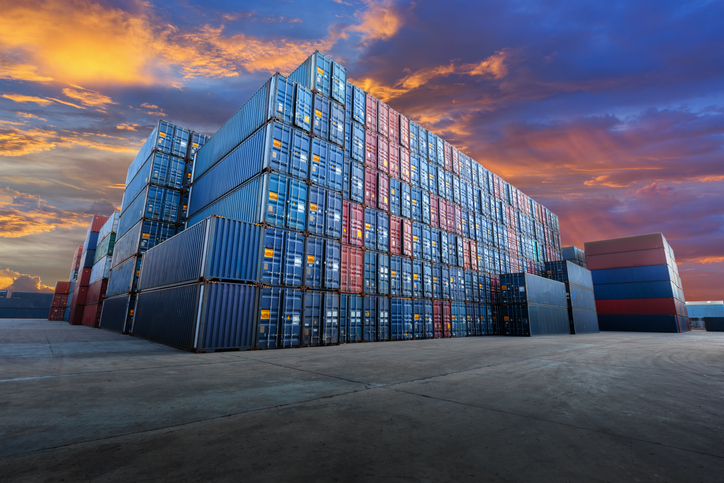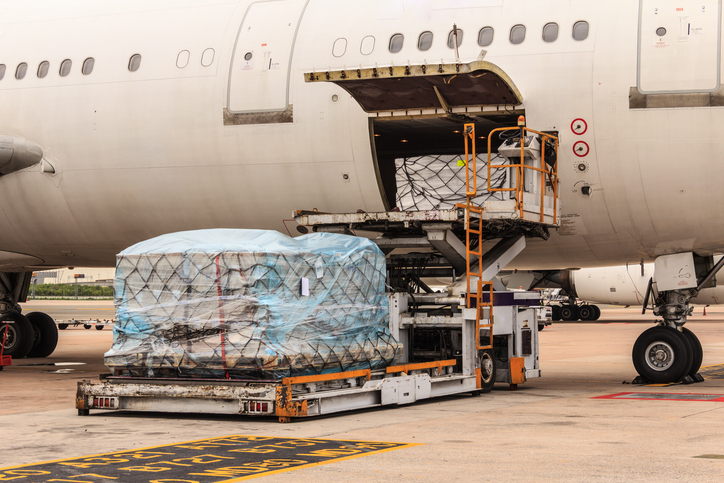
The Weekly Roar
In this week’s Roar: LA/ LB and the 90-day tariff pause, growing European port congestion, reinstatement of reciprocal tariffs, air cargo demand between China and US, and potential security vulnerabilities introduced with AI.

Despite fears of a tsunami of containers hitting the Port of Los Angeles, its executive director is downplaying them. Admitting to a likely increase during the temporary 90-day pause in U.S.-China tariffs, he anticipates volumes will remain below the pandemic peak, partly because elevated freight rates could keep importers cautious. April saw a 9.5% year-over-year rise in throughput, but early May imports dropped 30% due to tariff uncertainties. Additionally, he expects a brief period of 70–80% of normal volume during the early summer peak season. He doesn’t expect the kind of congestion the port experienced during the pandemic.
European port congestion is getting worse, with average delays now at five to six days. For example, Bremerhaven is experiencing worse than expected workforce shortages, which are limiting their operational options. And after a period of insufficient rainfall, the Rhine River is low, leading to restricted barge capacity, particularly from Antwerp, which is putting further strain on inland logistics. The combination is taking its toll, exacerbating delays across Northern European ports, with limited short-term solutions available.
The President has announced that the United States will reinstate reciprocal tariffs for countries that fail to reach trade agreements during the current 90-day pause, which began on April 9. Treasury Secretary Scott Bessent indicated that specific tariff rates will be communicated to these countries within two to three weeks. The administration is focusing on negotiations with 18 trading partners and considering regional deals for smaller economies. This means that if there are no successful negotiations with these countries by the July 9 deadline, tariffs will return to levels introduced on April 2.
Not surprisingly, air cargo demand between China and the US nosedived after the de minimis exemption for Chinese e-commerce packages ended on May 2. Data from WorldACD for the week ending May 11 reports that volumes from China/Hong Kong to the US declined 10% week-on-week and were down 27% year-on-year. Even though the US and China have paused their trade war and reduced tariffs, there’s still a 30% tariff on non-postal e-commerce parcels, not to mention increased customs scrutiny, which will add cost and transit time.
While we can’t argue with the potential AI can offer supply chains, it also introduces new security vulnerabilities. Integrating AI into any enterprise system will expand the “attack surface,” making organizations more susceptible to cyber threats. So it follows that without robust security measures, these vulnerabilities can lead to major disruptions, leading to issues like delayed deliveries or spoiled goods. Companies need to embed security considerations into their AI deployments to safeguard them against potential shocks. They need to be proactive and make sure whatever protection is in place evolves along with AI technologies to maintain the resilience and integrity of their supply chain operations.
For the rest of the week’s top shipping news, check out the article highlights below.









